Staying cool in summer costs you and the planet. How to save money, fight climate change.
Temperatures of over 100 degrees, extreme heat events in multiple states, and rising emergency room visits for heat-related illness across the entire southern part of the United States. It's the time of year where air conditioning is essential for both comfort and safety for many Americans.
But staying cool can be expensive. The average household spends about $262 a year on air conditioning, with costs ranging from $525 in the hot and humid Southeast to as low as $60 in the temperate marine areas along the West Coast, according to the U.S. Energy Information Administration.
In a nation where most electricity generation isn't yet green, those high bills also mean more emissions fueling climate change.
It might feel as if it's a lose-lose situation: Save your wallet (and the planet), but face uncomfortable heat in your own home − or make the choice for costly comfort.
But, experts say, there are ways to stay cool while still saving energy and money. Here are some tips.
Save money, sacrifice nothing: Programing your air conditioning
If you have a programmable thermostat and leave your home during the day, try this strategy: First, find a temperature you're comfortable with when you're at home. Let's say that's 72 degrees.
When you leave in the morning, set the thermostat to bring down the temperature to 70 from about 11 until 2, which is typically when electricity rates start to rise (check your local costs, of course).
"Then let the thermostat drift up to 75 or so," said Ram Narayanamurthy, with the federal Office of Energy Efficiency & Renewable Energy's building technologies office.
Set it to drop back to your preferred temperature after 8 or 9 p.m., when the heat is less intense and electricity rates ratchet down in some parts of the country. You'll have pre-chilled your home when power's cheaper without letting it overheat while you're out, even as you lower the burden on your local power grid.
Other strategies to save on summer energy bills
Close the blinds and curtains in the daytime. When it's going to be hot, the first rule is to keep the heat out as much as you can. Do the time-tested trick of closing the blinds and curtains during the day to keep heat out. Studies show medium-colored drapes with white plastic backings can reduce a room's heat gain by 33%.
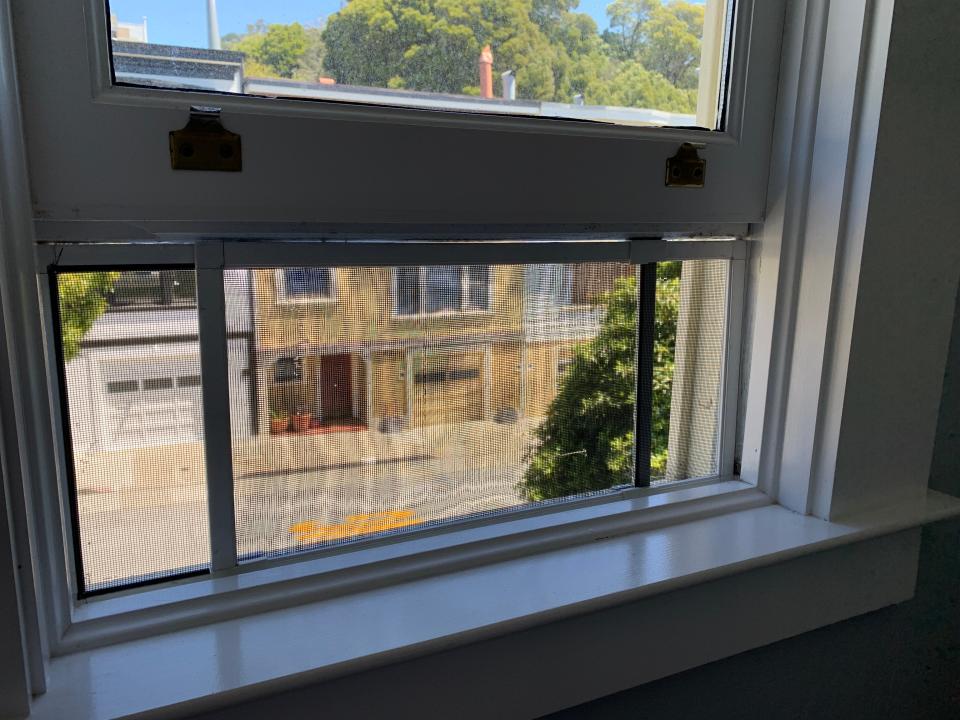
Open windows at night (in dry-heat areas). When temperatures fall at night, open some windows – using screens to keep the bugs out and let the cool evening air in. If you're in a house without screens, consider getting inexpensive adjustable window screens.
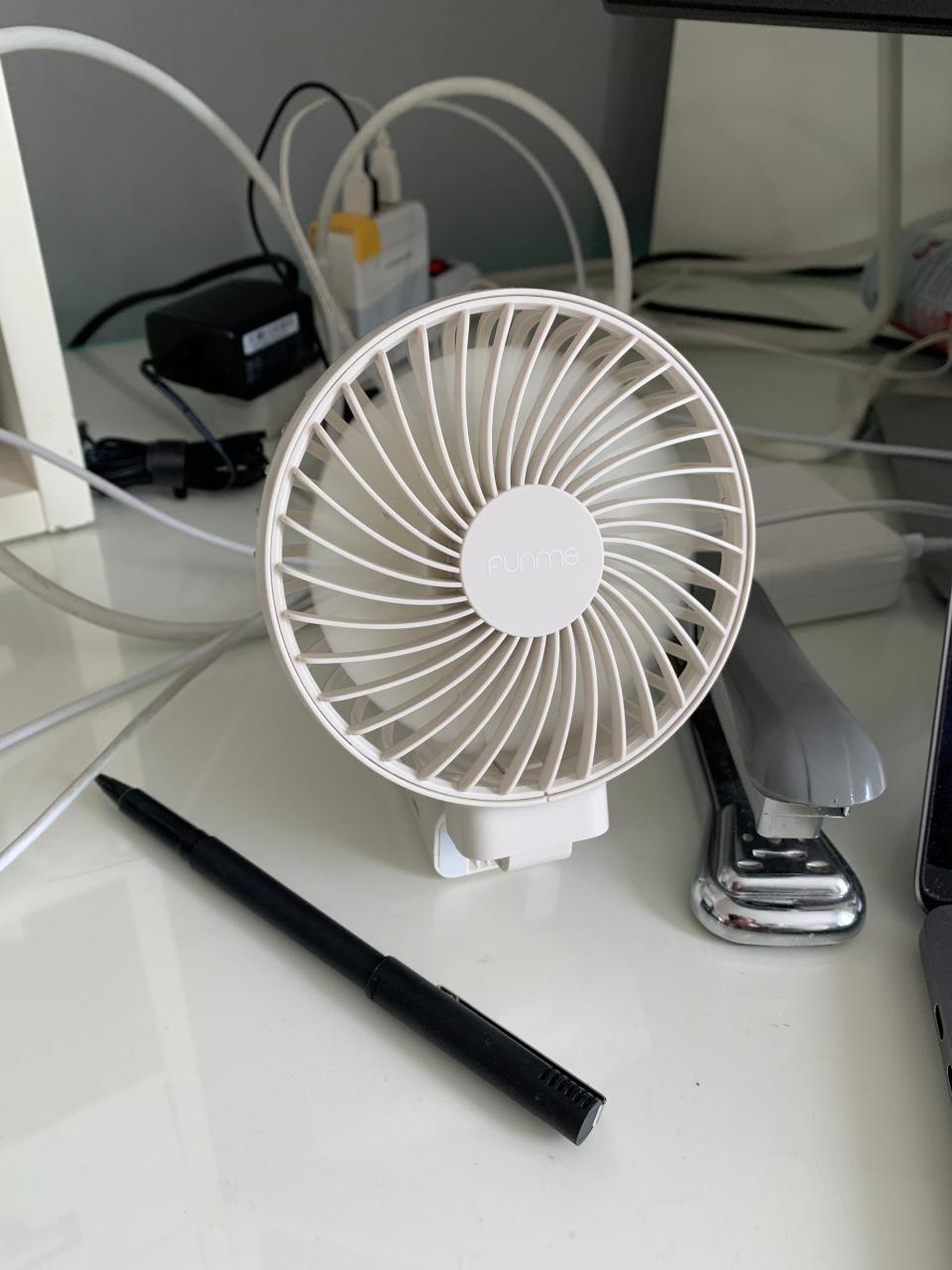
Use fans (especially ceiling fans). "Fans use very, very little energy," said Jennifer Amann, a senior fellow with the nonprofit American Council for an Energy-Efficient Economy. They also mean you can bump the air conditioning temperature up a degree or two while keeping things comfortable by creating a wind chill effect. Remember to turn fans off when you're not in the room. They cool people, not rooms.
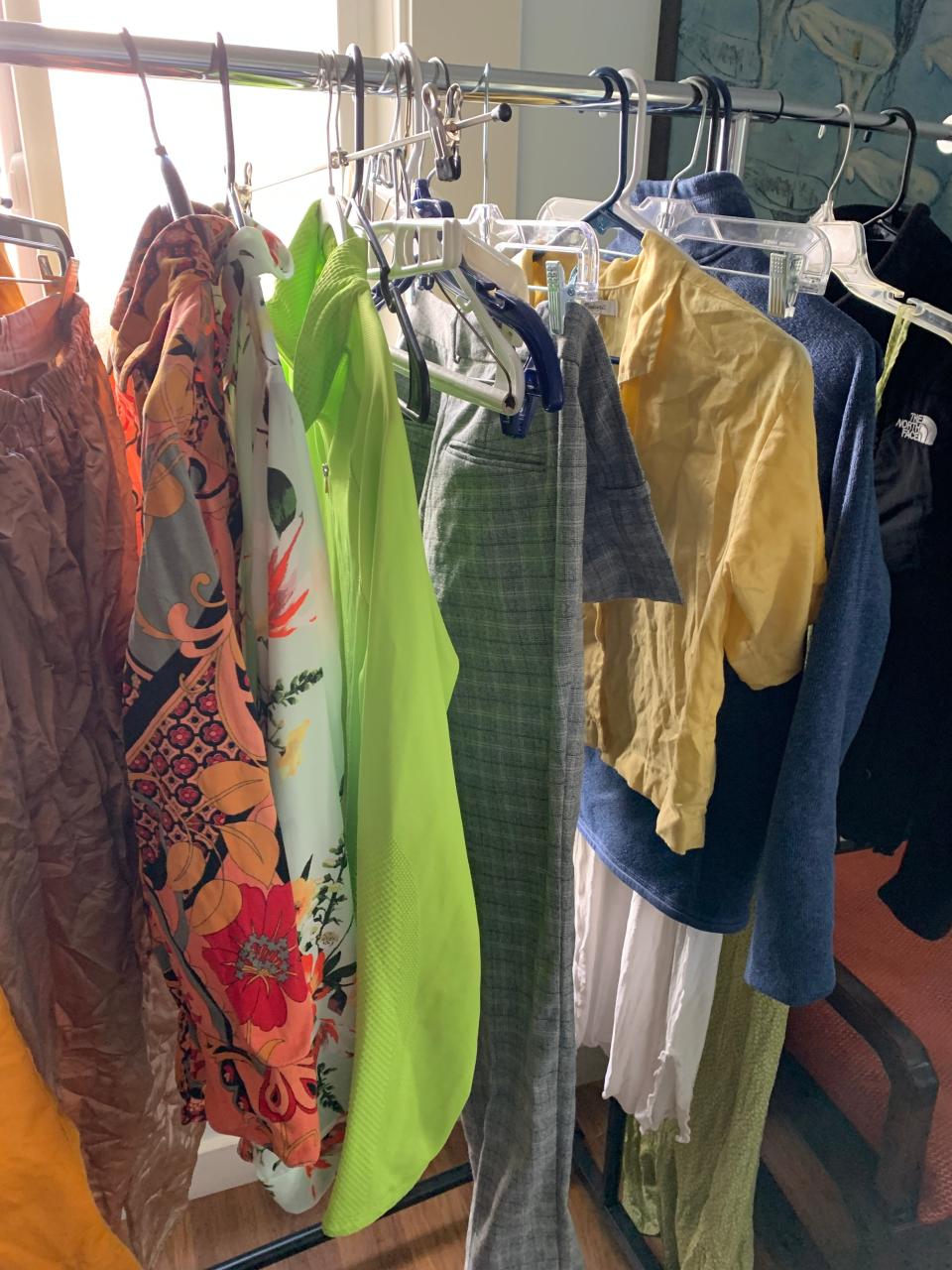
Considering air-drying some clothes. Your clothes dryer is one of the biggest energy hogs in your house, accounting for 3.2% of annual residential energy use, according to the Department of Energy. If you're in a dry-heat area, hang clothes outside or inside from hangers in the bathroom, a portable clothes rack or a wooden clothes drying rack and let evaporative cooling do the rest. If rack-dried clothes feel too stiff or scratchy, you can wait for them to dry and then toss them into your dryer on the "fluff" setting to loosen them up for a few minutes. In humid-heat areas, consider setting your dryer on its low setting.
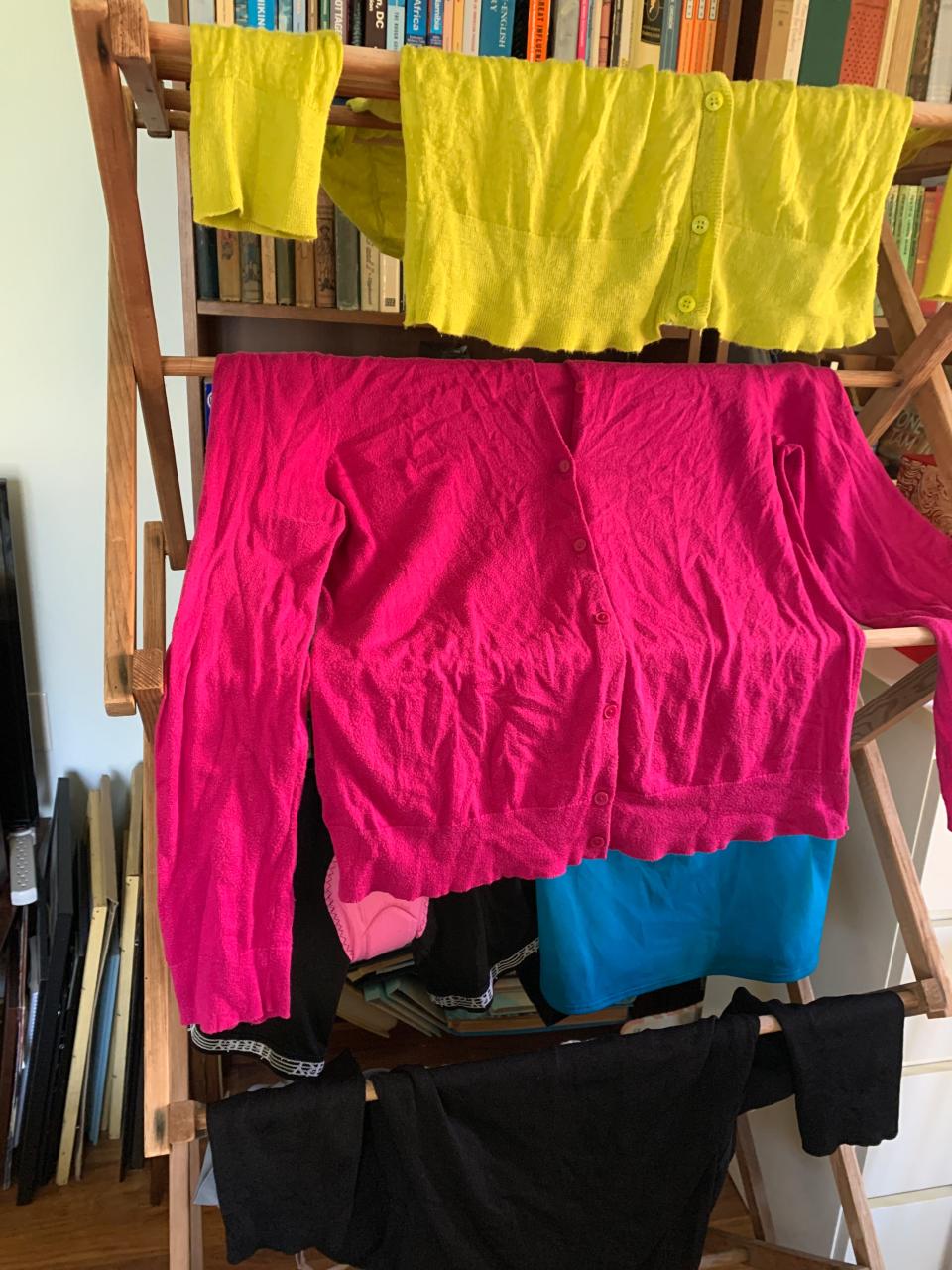
Wash clothes in cold water. As much as 90% of the energy used in a clothes washer is to heat the water. Modern washers and detergents do an excellent job in cold water – only heavily soiled clothing requires hot water.
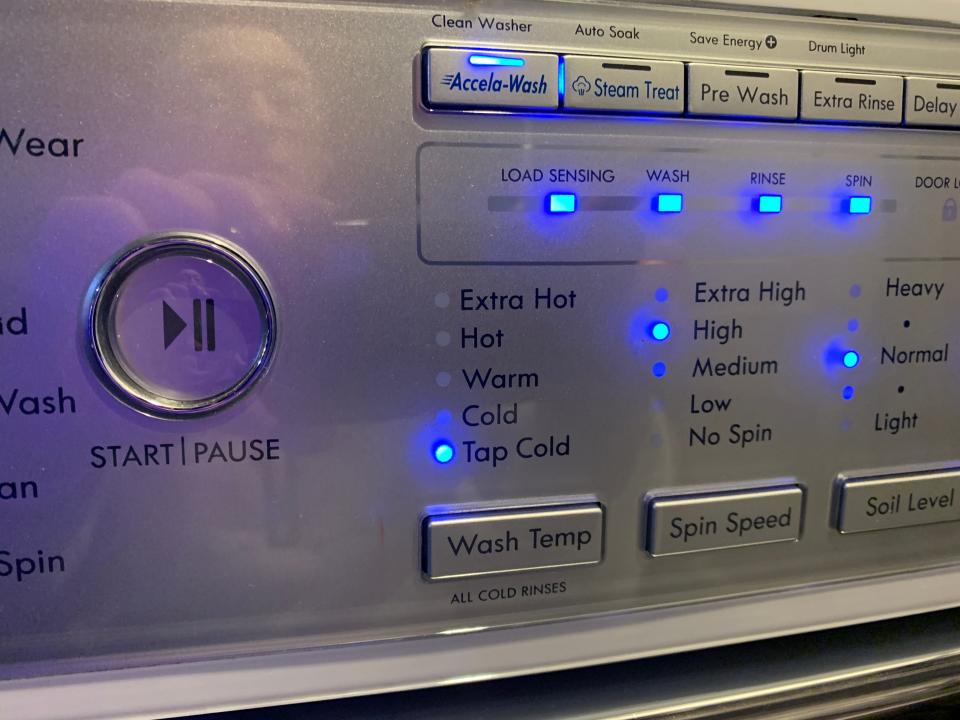
Easy air conditioning maintenance. Clean off the evaporator coil on your outdoor air conditioning unit at least once a year. If you have a window air conditioning unit, check that there's a tight seal between it and the window frame, you don't want cool air from inside your house to escape outside.
Sign up for demand response. Some electric companies allow consumers to sign up for what are known as "demand response" programs. In times of extremely high energy use, those who have joined these programs agree to have their thermostats controlled by their local power company, in exchange for a credit on their energy bill. Consumers typically get 24 hours' notice and can opt out at any time.
Your next air conditioner should be a heat pump. If you've got a central air conditioning system that needs to be upgraded soon, make its replacement a heat pump. "With federal rebates, it's not going to cost much more to get a heat pump, and it's a no-brainer because it also lowers heating costs in the winter," Amann said. "Nobody should be buying a new central air conditioning unit at this point."
Get a cool night's sleep. Back before air conditioning, people used to wet their sheets to get a cooler night's sleep. Try filling a clean spray bottle with cold water and very lightly spritz your sheets.
This article originally appeared on USA TODAY: How to save money, electricity during summer: What AC temperature?

